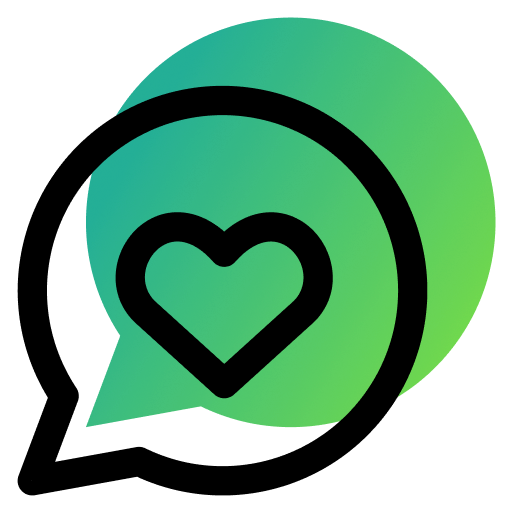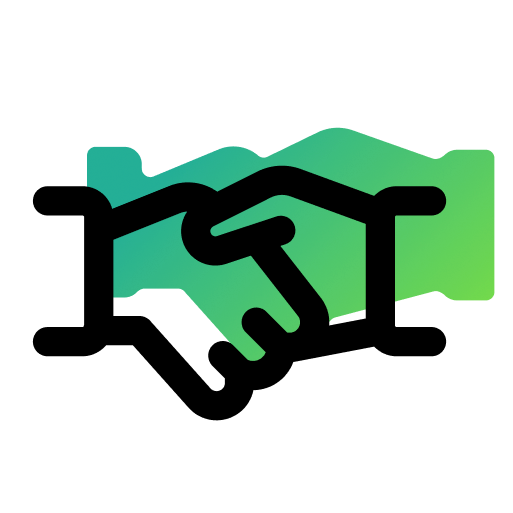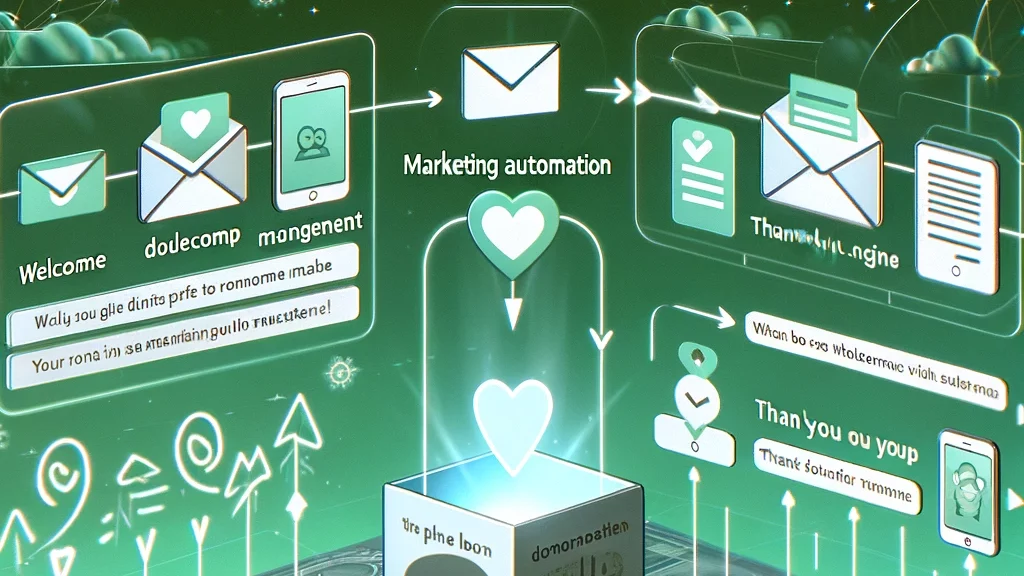Fundraising Automation: 4 Steps to an Automated Donor Journey
With fundraising automation, you can create targeted, personalized, and donor-centered journeys. This not only saves you time as a fundraiser but also positively impacts your relationships with donors through ongoing communication.
1. Identify and Define Donor Segments
Donation History
Demographic Characteristics
However, it can be beneficial to analyze your own data regarding these characteristics and incorporate these insights into your automated donor journeys (e.g., in relation to topics, content suggestions, storytelling, etc.).
Donation Potential
A key criterion in segmentation is the potential of your contacts. For example, someone who has never donated but always opens every newsletter and clicks on the links is likely more engaged and has more donation potential than someone who donated €100 once in two years and does not interact with your content otherwise.
Some non-profits calculate a “score” for each donor based on a specific formula, indicating their level of involvement. Criteria such as donation frequency, donation amount, newsletter open rate, social media interaction rate, fundraising actions, participation in events, etc., can be used.
This makes it possible to tailor the journeys accordingly: highly involved individuals might need fewer facts and background information about your work than those who are less familiar with your topics.
Interests & Motivation
Equally important as potential is aligning your donor journeys with the interests and donation motivations of your supporters. This ensures that your communication is relevant to them.
For example, people who primarily read your newsletters about new medical findings on a rare disease are different from those who mainly respond to emotional content like a young family’s experience with children’s rehabilitation. They are likely to donate to a research project rather than your direct aid program for affected individuals.
Donation motivation is a bit harder to discern – after all, you can’t ask every donor about their “why.” However, you can get clues by surveying a representative group to identify possible motivations. These could include:
- Personal impact
- Compensation
- Philanthropy
- Passion for a topic
- Search for meaning
etc.
Key Questions in Donor Segmentation
Which donors want to receive which communication?
Which contacts are highly involved and interested, and which are less so?
Who donates based on what motivation?
Only then do factors like donation history, donation products, preferred touchpoints, and demographic characteristics come into play.
2. Defining a Concrete Goal for Each Target Group
3. Creating Donor Journeys for Each Target Group
Reaction or No Reaction?
4. Writing the Communications
Work That Pays Off











